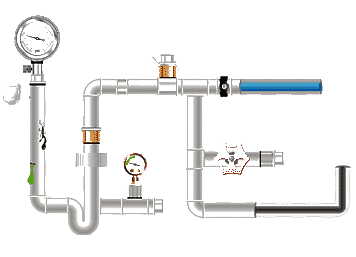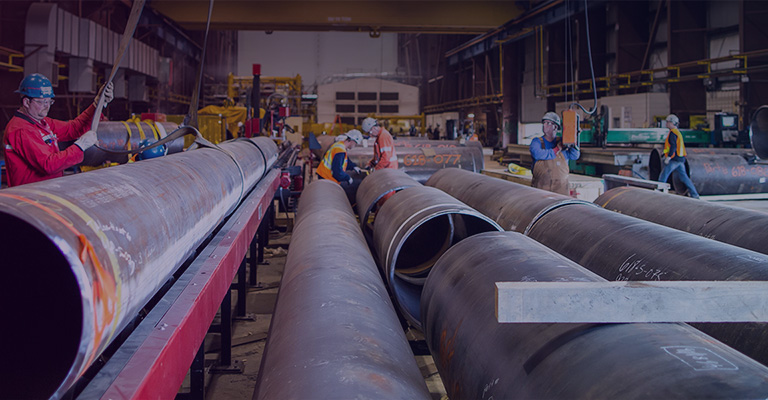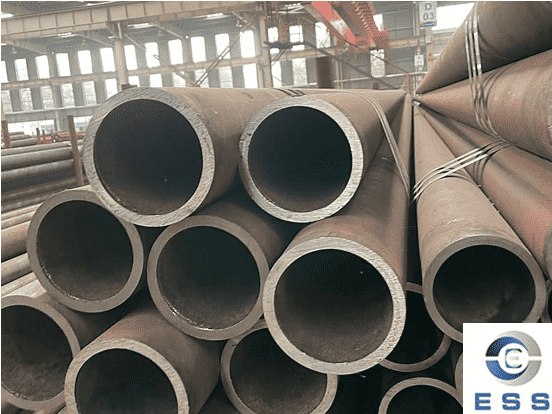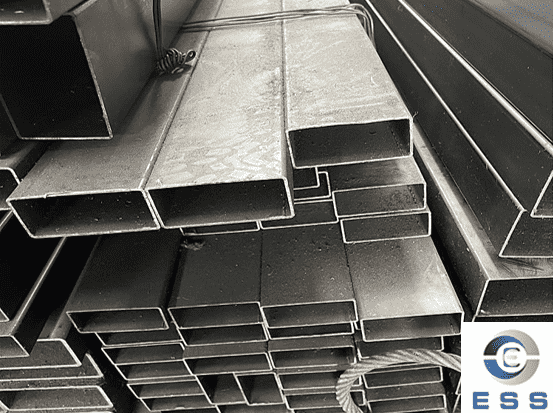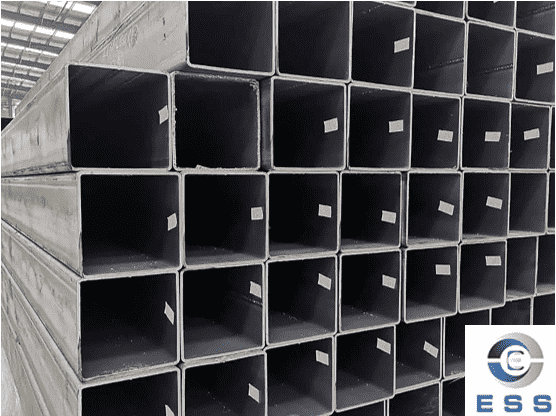The thermal conductivity (U-value) is a key
parameter for measuring the thermal conductivity efficiency of carbon
steel pipe (CS pipe full form). Measured in W/(m²·K), it
represents the amount of thermal conductivity per unit area per unit time and
per unit temperature gradient. In industrial heat exchangers, boiler
tubes, and other applications, the thermal conductivity coefficient
directly impacts energy consumption and equipment design.
The thermal
conductivity of carbon steel pipes is an important physical parameter
that describes the material's ability to conduct heat under a temperature
gradient. Generally, the thermal conductivity of carbon steel pipes ranges from
30-60 W/(m·K). This means that per unit time and per
unit temperature gradient, the pipe can conduct 30-60 watts per meter Kelvin.
However, this value is not fixed and is
affected by various factors. The thermal conductivity of conventional seamless
carbon steel pipes is 50 W/m·K, while that of
conventional welded carbon steel pipes is approximately 30 W/m·K.

Key Factors Affecting the Thermal Conductivity
Coefficient of Carbon Steel Pipes
1. Material purity
Impurities in carbon steel pipes can affect
their thermal conductivity. Carbon steel pipes with higher purity generally
have higher thermal conductivity.
High-purity carbon steel (low alloy): Fewer
impurities in the crystal lattice result in a more continuous heat conduction
path and higher thermal conductivity.
High-alloy steel or steel with more
impurities: Increased electron scattering reduces thermal conductivity.
Comparative data for ASTM A106 Gr.B and ASTM
A333 Gr.6 show that A106 has a thermal conductivity of approximately 54
W/m·K, while ASTM A333 has only approximately 47 W/m·K.
2. Effect of temperature on thermal
conductivity
Generally speaking, increasing temperature
increases thermal conductivity, but excessively high temperatures may alter
material properties, thus affecting thermal conductivity.
For example:
At 20°C, thermal
conductivity is approximately 54 W/m·K;
at 500°C, it drops
to 35-40 W/m·K.
Excessively high temperatures intensify
lattice vibrations, increase electron scattering, and reduce thermal energy
transfer efficiency.
3. Microstructure
The microstructure of carbon steel pipes,
such as grain size and orientation, also affects their thermal conductivity.
Fine grains generally improve thermal
conductivity.
Appropriately controlling the heat
treatment process can achieve a balance between thermal conductivity and
mechanical properties.
For example, the thermal conductivity of
carbon steel can be increased by approximately 5%-8% after normalizing.
4. Fluid conditions
Increasing the flow rate from 1 m/s to 2
m/s can improve the thermal conductivity of carbon steel pipes by 20%-30%.
The thermal conductivity efficiency of
water (U value 500-1500 W/(m²·K)) is much higher than
that of air (20-100 W/(m²·K)).
5. Fouling thermal resistance
Over long-term use, scale buildup within
the pipe can significantly reduce thermal conductivity efficiency. For example,
when the scale thickness reaches 1 mm, the thermal conductivity of a carbon
steel pipe decreases by approximately 40%.
How to Optimize the Thermal Conductivity
Coefficient of Carbon Steel Pipes
1. Regular cleaning and maintenance
Use chemical cleaning (such as citric acid,
EDTA) or mechanical descaling to remove deposits and prevent increased thermal
resistance.
2.
Structural improvement
Use threaded or finned tubes to increase
the thermal conductivity area.
The thermal resistance can be reduced by
reducing the tube wall thickness (within the safe range) in design.
3. Fluid management
Control the flow rate between 1.5-2.5 m/s
to balance pressure drop and thermal conductivity efficiency, while avoiding
the formation of fluid stagnation areas.
FAQ
1. Thermal conductivity of carbon steel
pipes vs. stainless steel pipes vs. copper pipes?
Carbon steel pipe: 45–60 W/(m·K)
Stainless steel pipe: approximately 14–17 W/(m·K)
Copper pipe: approximately 380 W/(m·K)
Copper has the highest thermal
conductivity, while stainless steel has the lowest. Carbon steel offers a
combination of strength, cost, and moderate thermal conductivity.
2. What are the best applications for
carbon steel pipe in heat exchange equipment?
Carbon steel pipe, due to its excellent
combination of thermal conductivity and mechanical strength, is commonly used
in:
Industrial heat exchangers;
Boiler systems;
Petrochemical pipelines;
Hot water circulation in refrigeration and
air conditioning systems;
Steam and condensing systems.
3. Does the thermal conductivity
performance of carbon steel pipe meet international standards?
Yes. Common standards include:
ASTM A106 / ASTM A53 (seamless
and welded carbon steel pipe);
EN 10216-1 (European standard for seamless
steel pipe);
ASME
B36.10M (standard for steel pipe dimensions and
thickness);
These standards clearly define the chemical
composition, mechanical properties, and thermal conductivity ranges, ensuring
safe and reliable use in engineering designs.
Summary
The thermal conductivity coefficient of
carbon steel pipe is not a fixed value; it is a comprehensive result influenced
by multiple factors, including material composition, temperature, structure,
fluid conditions, and fouling resistance. Understanding and properly utilizing
this coefficient in engineering applications can improve system energy
efficiency and performance.









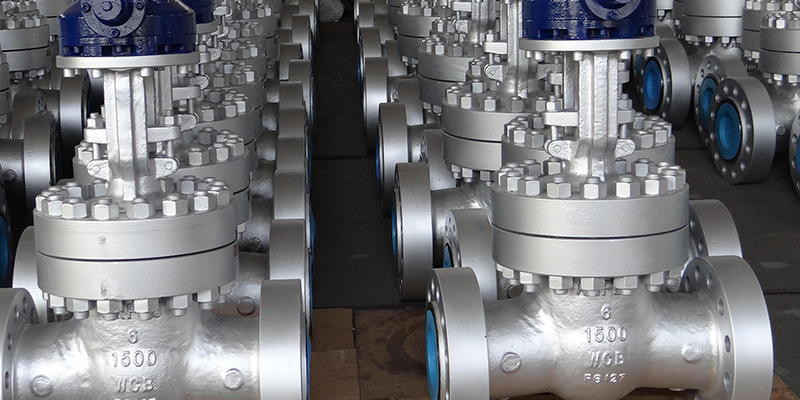
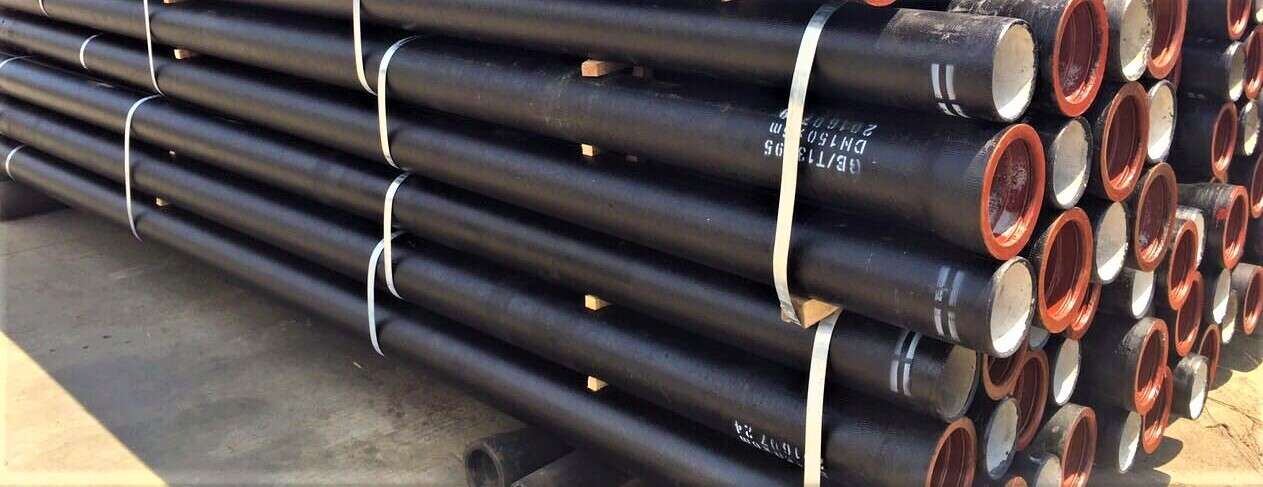


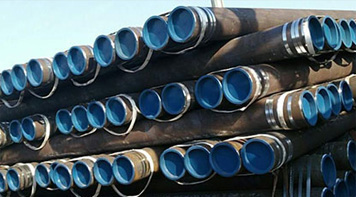 Eastern Steel Manufacturing Co.,Ltd not only improve product production and sales services, but also provide additional value-added services. As long as you need, we can complete your specific needs together.
Eastern Steel Manufacturing Co.,Ltd not only improve product production and sales services, but also provide additional value-added services. As long as you need, we can complete your specific needs together.
